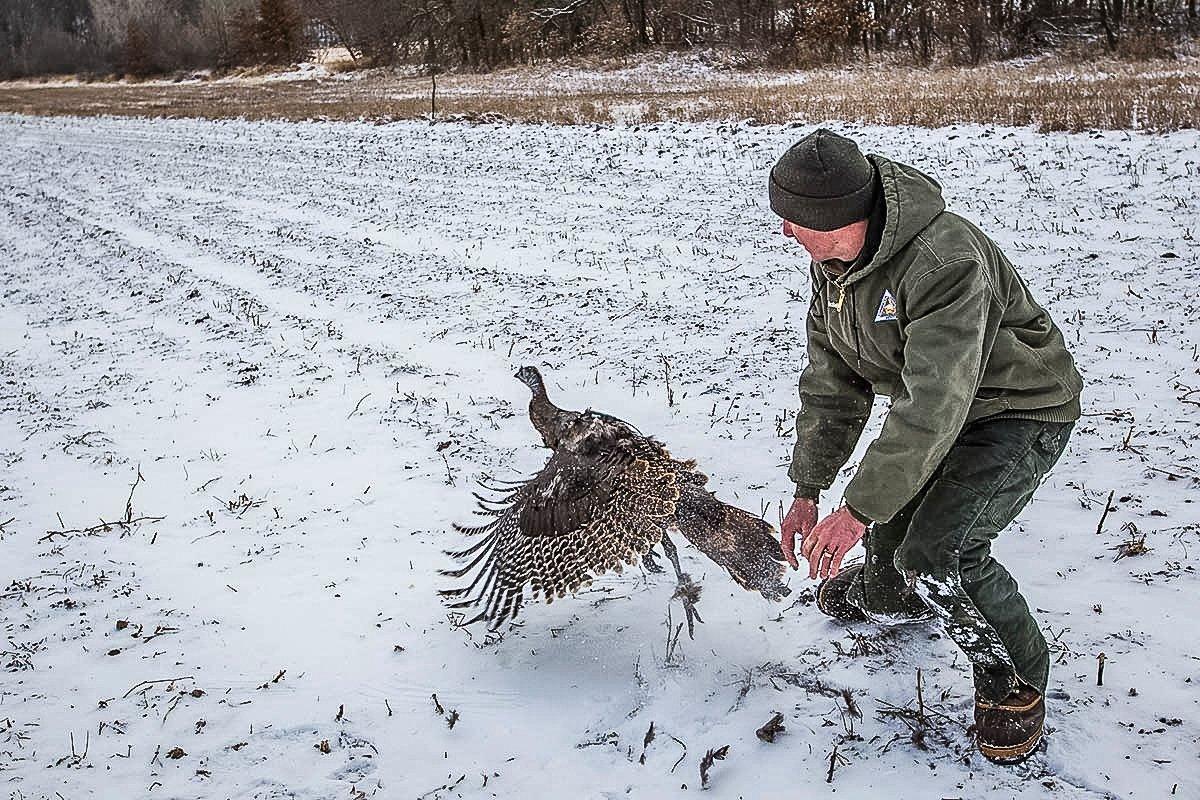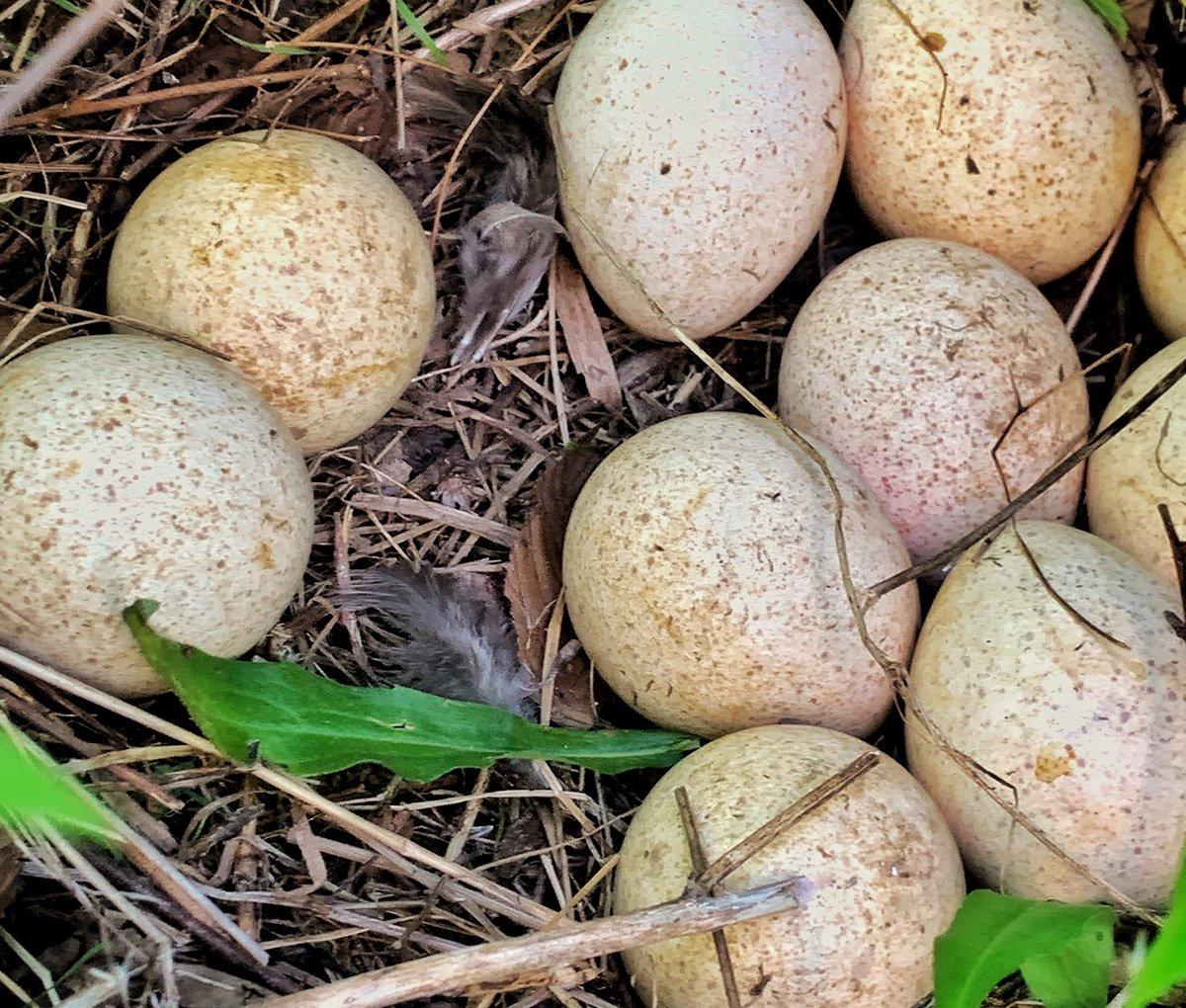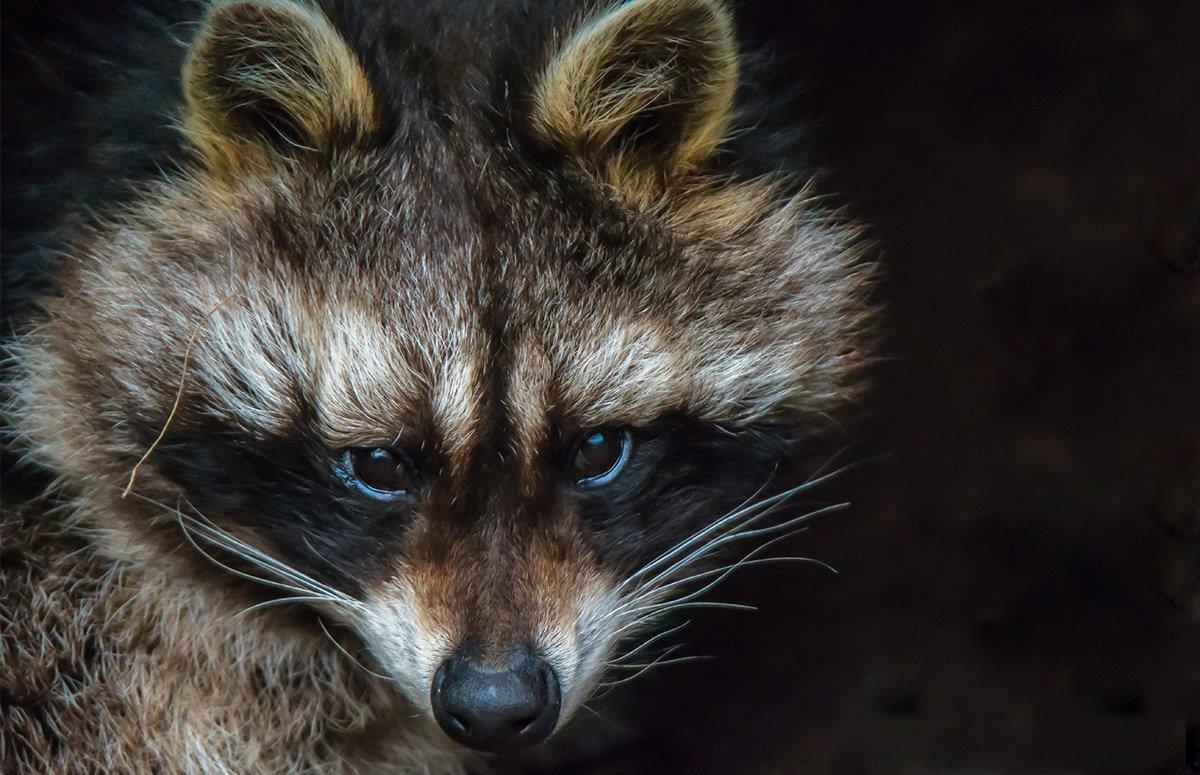Ambitious effort will monitor hens, broods, and predators to better understand wild turkey decline
Wild turkey locations and movements are a mystery, adding to the bird's appeal. As a result, biologists rely heavily on telemetry technology to understand the dynamics of wild turkey breeding, brooding, and mortality factors. Their conservation efforts ultimately benefit both the bird itself — and those of us who love the wild turkey and its hunting tradition.
Show-Me-State Study
There have been numerous studies conducted over the years in other states involving the marking and tracking of individual turkeys. The Missouri Department of Conservation (MDC) just finished a five-year project focused on turkey hens and their survival. This research provided much-needed data but left a gap about turkey productivity — namely, the period when hens are attempting to nest and then raising poults.
One of the most alarming discoveries from the last big turkey research project was how poor poult survival was, said MDC wild turkey program leader Reina Tyl. The percentage of poults that survived their first month of life during several years of the project was among the lowest ever reported for turkeys in the Midwest.
Tyl added: We have conducted an annual summer wild turkey brood survey since 1959 here in Missouri. While turkey production has exhibited a gradual declining trend over the past several decades, production has been especially poor the last four years.
In an effort to reverse this, University of Missouri researchers in the College of Agriculture, Food and Natural Resources (CAFNR) have received a $1.3 million MDC grant to assist in this new study.
One of the most alarming discoveries from the last big turkey research project was how poor poult survival was, said MDC wild turkey program leader Reina Tyl. The percentage of poults that survived their first month of life during several years of the project was among the lowest ever reported for turkeys in the Midwest.
By using a state-of-the-art GPS and behavioral tracking system to follow turkeys in Missouri — and also by monitoring turkey predators, food sources, and weather — researchers hope to give conservationists the information they need to create better estimates and reverse the trend of declining populations. The extra-small GPS sensors are integrated into backpacks that fit securely onto the birds to minimize the risk of falling off.
Mitch Weegman, an assistant professor in CAFNR's School of Natural Resources who is working on this project, said these represent an important step forward in technological capacity, in terms of the number of locations the units can collect. Michael Byrne, also an assistant professor in the School of Natural Resources, is working with Weegman on the project.
How It Works
The team will first capture hens from January to March 2021, fitting them with GPS tracking devices that collect a position every 30 minutes. Prior to field work, they'll also run trials to determine the most effective way to tag poults in the wild.
Poult survival is an important aspect of productivity, Weegman said. Since we can track the hens so closely with these devices, we are planning on going right to where the hen is nesting and catching the day-old poults. We're going to mark them with a smaller device to follow them over their first 30 days of life, which is a very sensitive period.
The goal of this study is to put GPS tracking devices on 75 hens during the first year and add an additional 25 hens each year, for a total of around 125 to 150 hens overall. The study will last for four years.
In addition to tracking turkeys, they'll also capture and put ear tags on turkey nest predators, such as skunks, opossums, and raccoons, to monitor population densities; and place trail cameras on a grid system to observe distributions of larger predators, such as coyotes.
Taking an ecosystem approach will allow researchers to identify which factors have the greatest impacts on turkey productivity (nest success and poult survival), and to identify which components can be manipulated by land managers to maximize productivity.
With this information, they can develop conservation plans that target the establishment of habitats to increase nest success and poult survival across broader landscapes.
Compiled from Q&A co-interviews with Mitch Weegman, Michael Byrne and Reina Tyl, and University of Missouri CAFNR news releases. — S.H.









